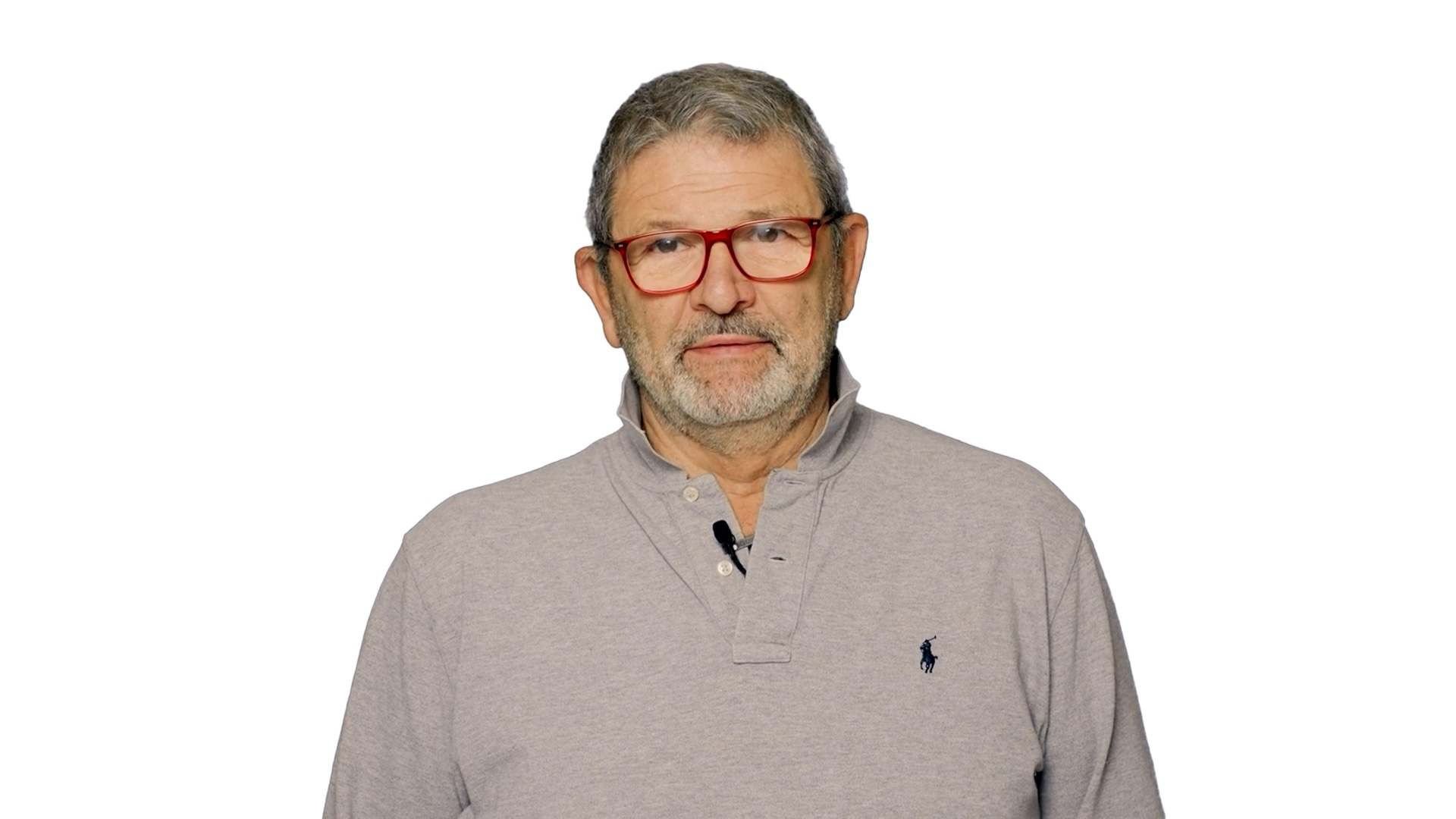The floor to those who know people living with COPD
Drawing from her extensive experience supporting countless individuals affected by this condition, Dr. Simona Barbaglia, President of the “Respiriamo Insieme-APS” Association, shares insights on what it means to live with COPD and the real needs of those affected by this condition, offering plenty of valuable advice that’s well worth listening to.




